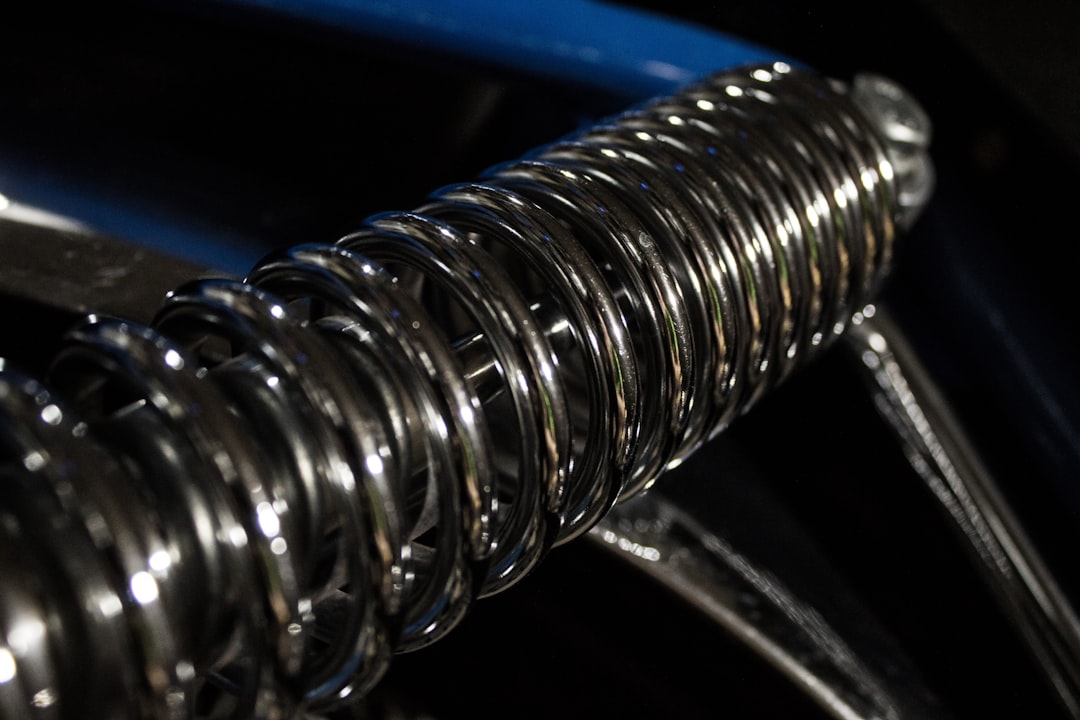What is it about?
The external power output (Pext) is unknown during chest-level immersion exercise on water immersible ergocycles (IE). This knowledge will allow the practitioner to prescribe accurately exercise on an IE to the same workload on dryland ergocycle (DE). To develop a mathematical model to calculate Pext during chest-level immersion exercise on IE at different pedalling rates (rpm) taking into account the water external force exerted on the legs and pedalling mechanism. Thirty healthy participants (age: 33 ± 10 years) performed a maximal incremental exercise test on IE (chest-level immersion) and on a DE. Pedalling rate was increased by 10 rpm every minute beginning at 40 till 120 rpm. Pext was calculated by applying the general fluid equation Fd ¼ 1=2qAv2Cd on all elements exposed to water external force exertions (legs and pedalling system). Regression analysis yielded the following equations to determine (1) IE Pext (W) based on pedalling rate (rpm): Pext (W) = 0.0004 (rpm)2.993 (r2 = 0.99, SEE = 7.6 W, p < 0.0001) and (2) when DE Pext (W) is known, IE pedalling rate (rpm) = 13.91 × DE Pext (W)0.329 (r2 = 0.99, SEE = 1.5 W, p < 0.0001). This study provides a mathematical model based on the general fluid equation to calculate IE Pext during chest-level immersion exercise using pedalling rate (rpm), IE pedalling system physical characteristics and lower limb size. This model can be used to determine Pext for any IE type for exercise training prescription.
Featured Image
Why is it important?
This knowledge will allow the practitioner to prescribe accurately exercise on an IE to the same workload on dryland ergocycle (DE) from pedalling rate (rpm)
Read the Original
This page is a summary of: Biomechanical analysis to determine the external power output on an immersible ergocycle, European Journal of Sport Science, July 2014, Wiley,
DOI: 10.1080/17461391.2014.932015.
You can read the full text:
Contributors
The following have contributed to this page










